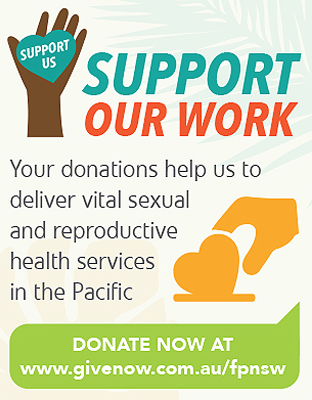Cervical screening
There is a test in Australia called the Cervical Screening Test.
The Cervical Screening Test checks the health of a person’s cervix to help prevent cervical cancer.
Cervical cancer is cancer of the cervix. The cervix connects the vagina to the uterus.
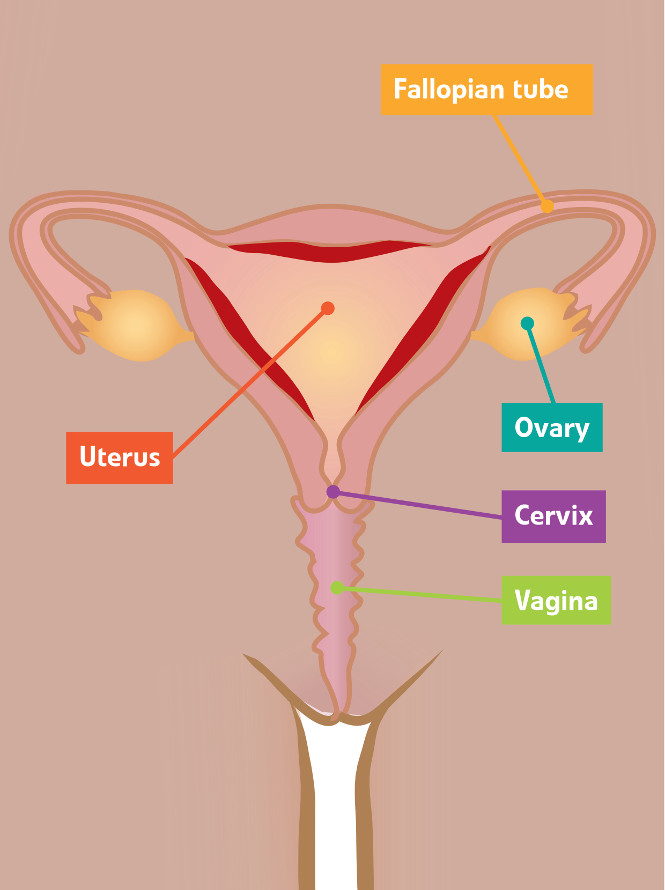
To learn more about the female reproductive system, go to:
On this page you will find information about:
- what causes cervical cancer
- what is the Cervical Screening Test
- who needs a Cervical Screening Test
- where to go for a Cervical Screening Test
- what happens in a Cervical Screening Test
- clinician collection
- self-collection
- for more information
- resources in different languages
What causes cervical cancer?+
Most cases of cervical cancer are caused by the Human Papilloma Virus (HPV).
HPV is a very common infection and can be passed on from skin-to-skin contact of the genitals, anus, and mouth. Most people who have HPV do not have any symptoms.
There are over 100 different types of HPV, but not all of them cause cervical cancer.
The only way to know if a person has HPV is to have a Cervical Screening Test.
What is the Cervical Screening Test?+
The Cervical Screening Test looks for HPV and abnormal cells in the cervix. It can pick up cell changes before they turn in to cancer.

There are two ways you can have a cervical screening test:
- A doctor or nurse can use special tools to do the test
- You visit a doctor or nurse and collect the sample yourself. This is called self-collection
The cervical screening test can feel uncomfortable, but it’s important to remember that the test can save your life by preventing cervical cancer.
Who needs a Cervical Screening Test?+
If you:
- have a cervix
- are aged 25-74
- have ever had sexual contact (including genitals, anus and mouth), then it is recommended that you have a Cervical Screening Test every five years.
A Cervical Screening Test is still needed if you:
- are no longer sexually active
- have only had one sexual partner
- are pregnant or have given birth
- have had female genital cutting or circumcision
- have had the HPV vaccine
For more information on the HPV vaccine, visit Cancer Institute NSW: What is the HPV vaccine?
Where to go for a Cervical Screening Test+
You can get a Cervical Screening Test at different places state-wide, including:
- Family Planning NSW
- a doctor’s clinic (GP)
- a community health centre
- a women’s health centre
- a sexual health clinic
- an Aboriginal Medical Service or Aboriginal Community Controlled Health Service.
You can request an interpreter and a female doctor or nurse for your Cervical Screening Test if you want to.
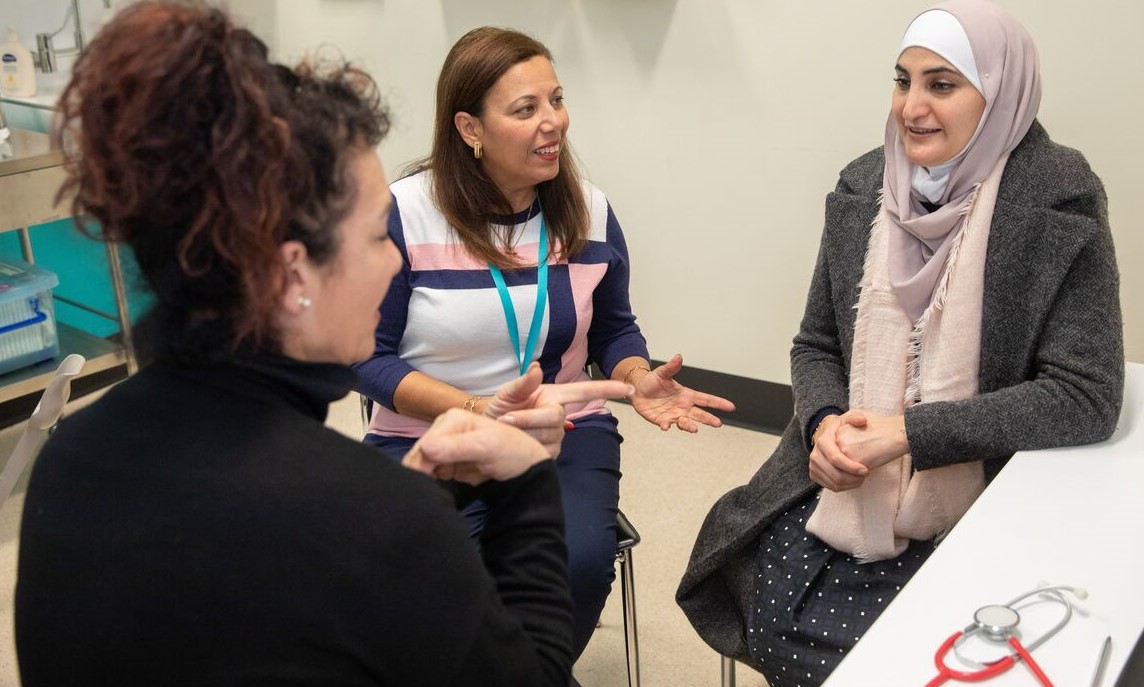
To learn more about booking a Cervical Screening Test at Family Planning NSW, visit: www.fpnsw.org.au/clinics/appointment-request-form
What happens in a Cervical Screening Test?+
You can have a doctor or nurse do the Cervical Screening Test, or you can collect your sample yourself.
Clinician Collection+
If you would like a doctor or nurse to do the Cervical Screening Test, they will ask you to take your clothes off from the waist down.
You will be asked to lie on the examination bed with your feet on the bed and your knees bent outwards.
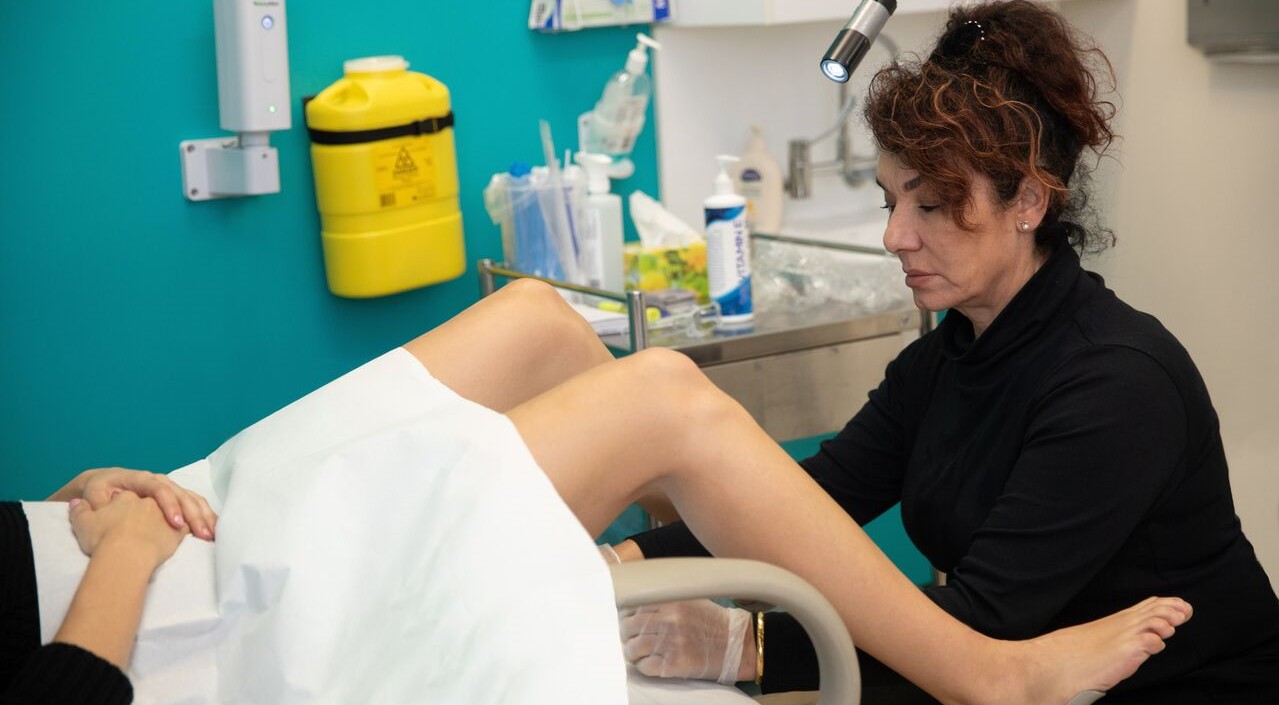
The doctor or nurse will gently insert a medical device called a speculum into the vagina. They will use a brush to collect a sample from the cervix.
The cells will be sent to a laboratory to be tested.
The doctor or nurse may call you when your results come back, or you might get your results by letter.
Watch the video below to learn more about what to expect from a Cervical Screening Test:
Self-collection+
You can now choose to collect your own sample for your cervical screening test. This is called a self-collected cervical screening test.
It is still recommended to have the self-collected test in a clinic. If you choose to collect your own sample, the doctor or nurse will give you a swab to insert into the vagina. They will give you instructions on how to collect the sample. You can find the instructions here.
Collecting your own sample is very easy. It should not hurt but it may feel uncomfortable. There are a few things to remember when you collect your own sample:
- You collect the sample in a private space. This might be in the bathroom or behind the curtain in the clinic room.
- Follow the instructions and remove your clothes from the waist down such as pants and underwear. Get into a comfortable position.
- Be careful not to touch the cotton swab tip when you take it out of the packaging.
- Insert the swab inside the vagina, move the swab in a circular motion for 30 seconds.
- When you remove the swab from your vagina, carefully place the swab back into the packaging.
- Get dressed and wash your hands. Give the self-collection swab to your doctor or nurse.
- The cells from your self-collected test will be sent to a laboratory to be tested.
The self-collection test is safe and accurate.
If your test finds HPV, you may need to return to your doctor or nurse. They will collect another sample.
For more information about Self-collection, visit Cancer Institute NSW: Cervical self-collection
For more information+
To learn more about the Cervical Screening Test, download our booklet here
You can also call the Family Planning NSW Talkline on 1300 658 886 to speak to a nurse or click here to talk to one of our nurses online.
To speak to someone in your language, call the Telephone Interpreter Service (TIS) on 131 450.
Ask to be connected to Family Planning NSW Talkline on 1300 658 886.
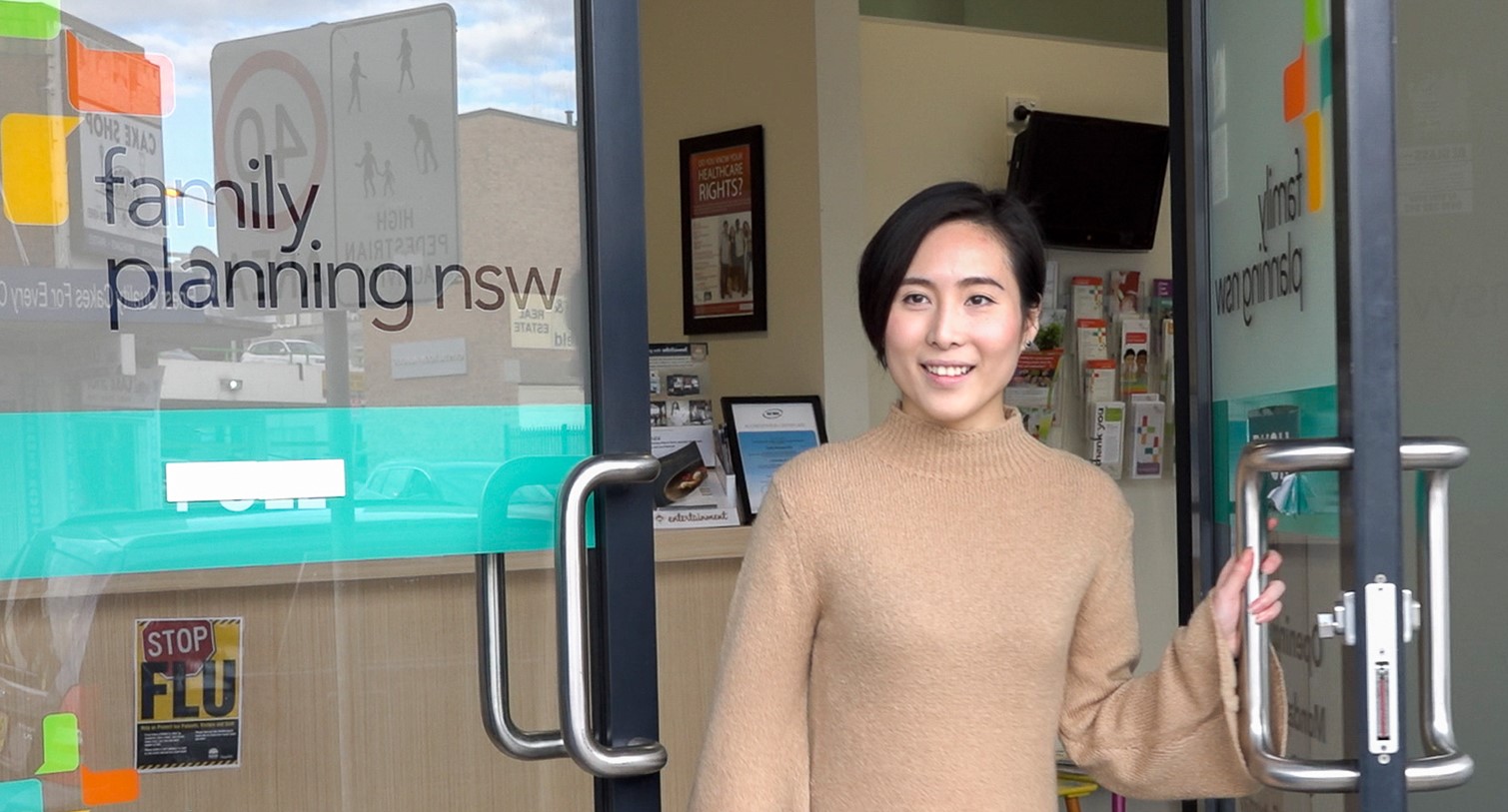
Resources in different languages+
Videos about cervical screening
Cervical Screening Test video (English)
Cervical Screening Test video (Arabic)
Cervical Screening Test video (Assyrian)
Cervical Screening Test video (Dari)
Cervical Screening Test video (Farsi)
Cervical Screening Test video (Karen)
Cervical Screening Test video (Rohingya)
Brochures about cervical screening
Know Your Health: Cervical Screening Test (English)
Know Your Health: Cervical Screening Test (Arabic)
Know Your Health: Cervical Screening Test (Assyrian)
Know Your Health: Cervical Screening Test (Burmese)
Know Your Health: Cervical Screening Test (Chinese)
Know Your Health: Cervical Screening Test (Dari)
Know Your Health: Cervical Screening Test (Dinka)
Know Your Health: Cervical Screening Test (Farsi)
Know Your Health: Cervical Screening Test (Hindi)
Know Your Health: Cervical Screening Test (Karen)
Know Your Health: Cervical Screening Test (Somali)
Know Your Health: Cervical Screening Test (Spanish)
Know Your Health: Cervical Screening Test (Swahili)


